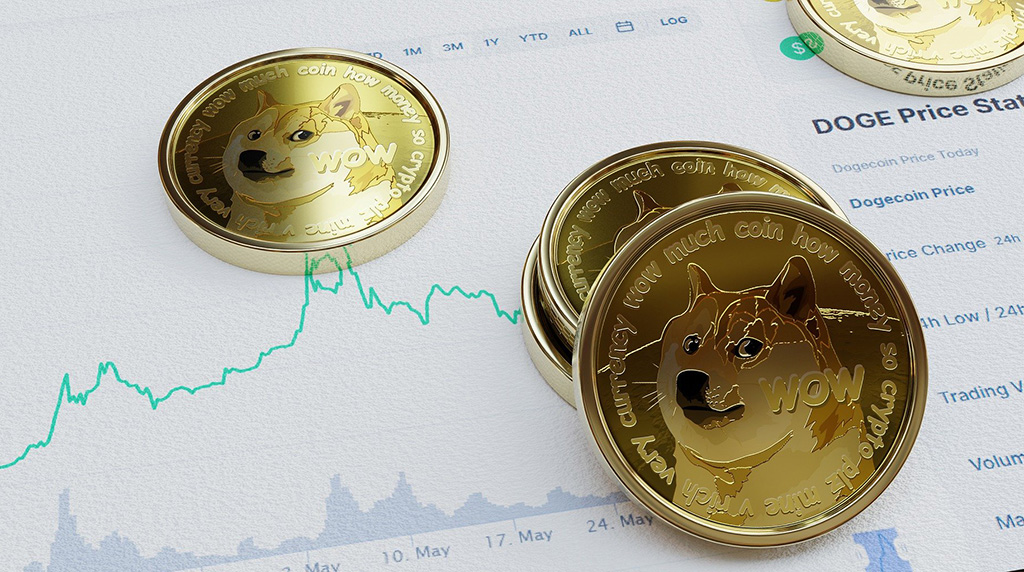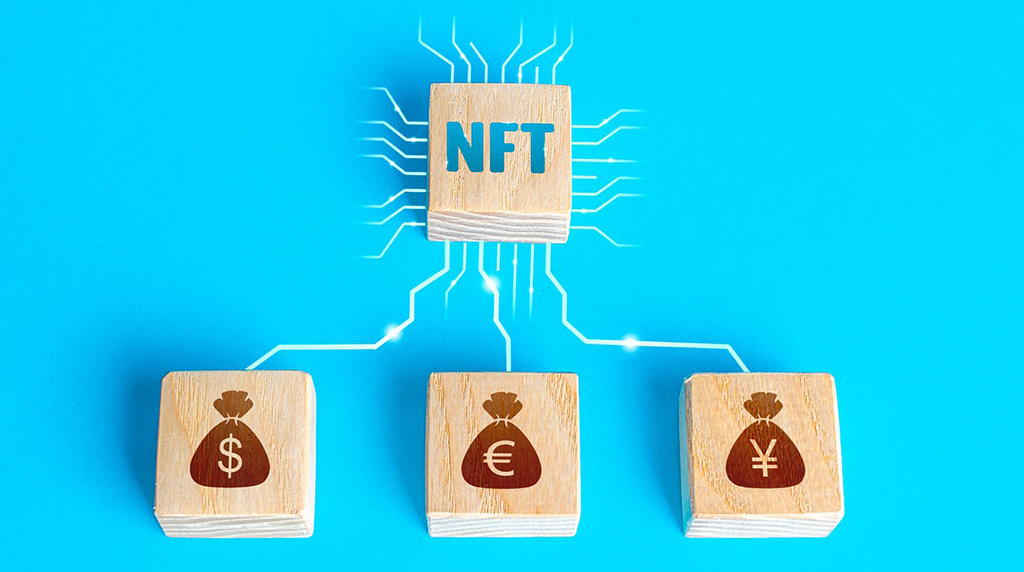The blockchain-based distributed rendering service Render Network has seen a surge in the value of its utility token, RNDR, over the past week. Following the network’s vote to pass a new tokenomics model, the token has climbed 16% in the past 24 hours and 425% this year, according to crypto data provider CoinGecko.

The new burnt-and-mint equilibrium (BME) model, proposed on GitHub, allows artists to burn the required amount of RNDR in exchange for non-fungible work credits, which are distributed to node operators. The model is designed to make RNDR a commodity and deflationary asset.
Render Network was founded by cloud rendering company OTOY’s Jules Urbach in 2016 and provides distributed graphics processing unit (GPU)-based rendering services for the culture and entertainment sector.
Funding rates for the token currently remain positive in most exchanges, indicating a mostly bullish sentiment among traders. This sentiment is echoed in the traditional markets, with the S&P 500 index, Nasdaq Composite, and Dow Jones Industrial Average all closing up today following Federal Reserve Chairman Jerome Powell’s comments that “a deflationary process” had started.
The increase in the value of RNDR is a testament to the success of Render Network’s new tokenomics model and the potential of blockchain-based distributed rendering services. As the crypto market continues to grow, Render Network is well-positioned to capitalize on the increasing demand for its services.



